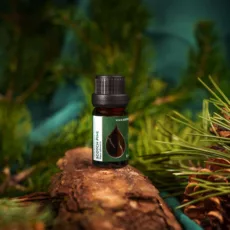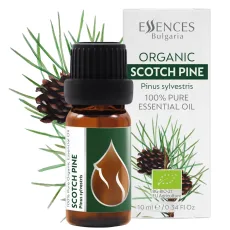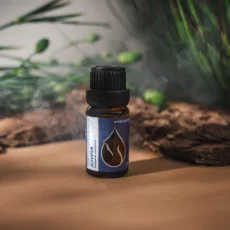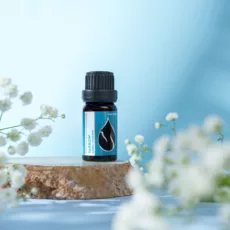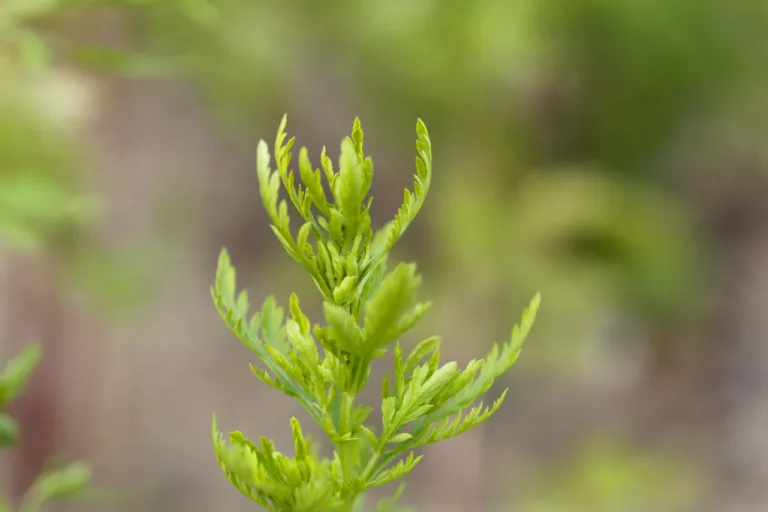Scotch Pine
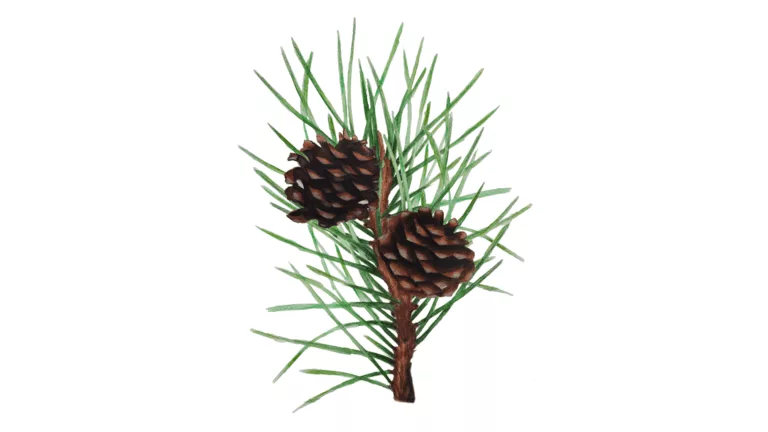
Scots pine (Pinus sylvestris) is an evergreen coniferous tree from the pine family (Pinaceae), reaching heights of up to 40 m and ages of up to 600 years. It is found across most of the Northern Hemisphere at elevations up to 2,200 m.
Scots pine is one of the oldest known medicinal plants. Since deep antiquity it has been praised by poets and deified by the ancient Phrygians (a Thracian tribal community in Asia Minor), who revered it as a sacred tree and its fruits—the cones—as a symbol of fertility.
For centuries Scots pine has been known for its intoxicating and disinfecting aroma, as well as for the healing resin it exudes. Less well known is that fine amber forms from its resin. In the distant past, its honey-yellow pieces—“resinous tears”—were said to have been washed out in ancient historical times, around 10 million years ago, from the ancestors of this coniferous species.
During archaeological excavations in 1889 at the central city of the ancient Sumerian state, a thousand clay cuneiform tablets were discovered, one of which contained 15 medicinal recipes using substances of plant, animal, and mineral origin. This valuable find, dating back five millennia, shows that ancient Sumerian healers were well acquainted with the medicinal properties of plant oils and resins, using dried pine and fir needles for poultices and compresses.
In Ancient Egypt, resin from Scots pine was part of the composition and secret rituals of embalming. Pine resin was included in one of the most popular ancient Egyptian contraceptive recipes as a means of preventing unwanted pregnancy.
As is well known, wine is a gift from the gods and, quite naturally, Ancient Greece is its cradle. Numerous records support the claim that good wine often bore the scent of resin. Moreover, on ancient amphorae—some found near Sozopol—archaeologists discovered traces of pine resin. Legend has it that Dionysus himself revealed the secret to people, who used pine resin not only to seal vessels of wine but also as a natural preservative with proven antibacterial properties. Even today, the addition of pine resin to wine is considered one of the oldest traditions in winemaking.
The great Avicenna recommended a decoction of whole cones as a remedy to thin and clear thick bronchial secretions in pneumonia, as well as for wound healing. According to Avicenna, even the smoke from burning pine wood has a therapeutic effect. For centuries, northern peoples, travelers, and sailors used a decoction of pine needles to treat scurvy. In the Middle Ages pine resin was used in the construction of seafaring vessels.
Some Native American tribes called the Scots pine the “Guardian of the Sky” because of its height and its constant striving to reach higher and thus catch the sun’s rays. This belief is shared by many peoples, who call it the “Master of Light.”
There are legends of “Siberian health and longevity,” which are largely attributed to the unique climatic features of Siberia, also called the “green lungs of the planet.” The name is owed to the evergreen northern beauty of coniferous forests of Scots pine. The aroma of pine and fir branches disinfects the air thanks to phytoncidal volatile compounds released by the needles. Conifer therapy has been a proven method for combating many illnesses, as well as for their timely prevention, for thousands of years.
